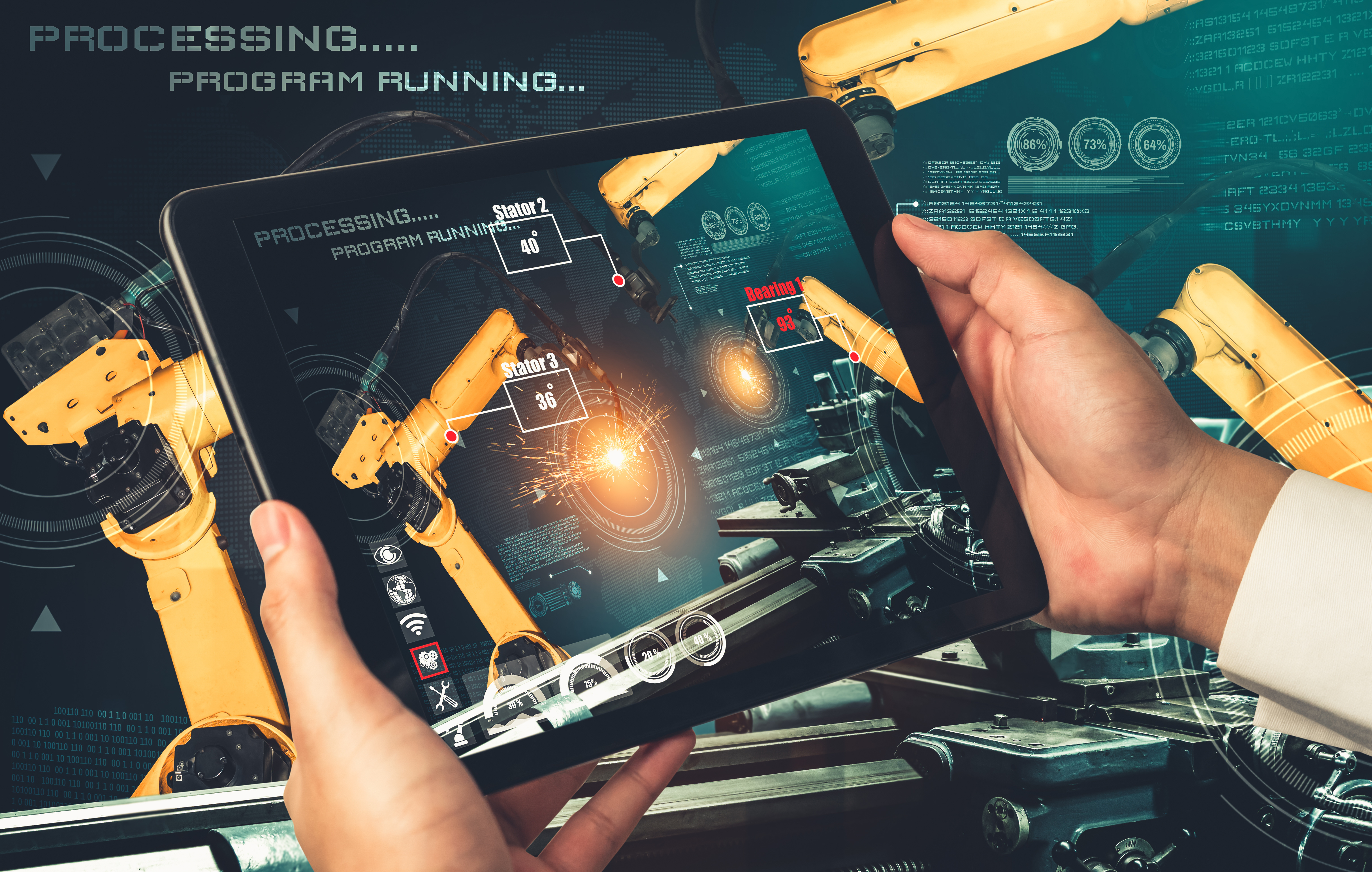Smart Learning Content
Intelligent content has great potential in the field of education, especially when combined with Nuvoton MCU and Tiny Machine Learning (TinyML) technology. This combination can achieve a more personalized learning experience and provide more educational tools and resources.
1. AR/VR-based learning environment Nuvoton MCU and TinyML technology can be used to develop learning environments based on augmented reality (AR) and virtual reality (VR). These environments can provide students with an immersive learning experience, such as virtual laboratories or historical scene reproduction. The MCU can be used to control AR/VR devices, and TinyML can be used for real-time sensing and feedback, making learning more interactive and personalized.
2. Intelligent teaching materials and content evaluation Artificial intelligence and machine learning algorithms can be applied to assess student's learning progress and level of understanding. Nuvoton MCU can be used to develop intelligent teaching materials that can adjust content according to student's learning styles and progress. When students submit answers, TinyML can automatically analyze the answers and provide immediate feedback, helping students improve. At the same time, these algorithms can also identify parts of the teaching materials that may need to be improved, helping teachers to better optimize the content.
3. Education monitoring and improvement: Nuvoton MCU can be used to establish an intelligent education monitoring system to monitor students' learning behavior and progress. This data can be used to identify challenges that students may encounter and provide individualized support. The MCU and TinyML can automatically identify difficulties in the learning process and areas where students may need additional help.
4. Continuous improvement of educational resources: By analyzing a large amount of learning data, Nuvoton MCU and TinyML can also help educational institutions continuously improve their resources and courses. Algorithms can identify parts of the course that may need to be updated or optimized to ensure that the educational content remains up-to-date and efficient.
| Applicable development board | |
|---|---|
|
NuMaker-HMI-MA35D1-S1 |
1. Object Detection Example: Interactive Learning Tool A camera captures the learning environment, and the MA35D1 processes the image data to identify objects, such as learning tools and materials in textbooks, aiding interactive learning.
2. Object Classification and Real-time Recognition Example: Interactive Visual Learning A camera captures educational materials or the learning environment, and the MA35D1 classifies and recognizes images or objects, providing real-time learning feedback and information.
3. Anomaly Detection Example: Security Monitoring System Various sensors monitor the learning environment for safety concerns such as fire or hazardous chemical spills, and the MA35D1 processes the data to raise alarms.
4. Biometric Recognition Example: Authentication System Utilizing fingerprint or facial recognition technology to verify the identity of learners, the MA35D1 processes the data to provide a secure learning environment. |
|
NuMaker-HMI-M467 NuMaker-IoT-M467 |
1. Machine Learning and Gesture Sensing Example: Gesture-controlled interactive learning A camera captures the learner's hand gestures, and the M467 recognizes different gestures to control educational software or interactive games.
2. Voice Recognition and Keyword Spotting Example: Voice-driven learning assistant A microphone captures speech, and the M467 processes the speech data, recognizing keywords and commands to help learners access information or answer questions.
3. Vibration Detection Example: Learning environment monitoring Vibration sensors monitor the learning environment, such as the proper functioning of lab equipment, and the Cortex-M4 processes the data and detects any abnormal vibrations.
4. Sensor Fusion Example: Multi-sensor environmental monitoring Combining data from temperature, humidity, light, and other sensors, the Cortex-M4 can be used in a classroom environment to teach students about machine learning and environmental monitoring. |
|
NuMaker-M55M1 |
1. Vibration Detection In a smart learning environment, vibration detection can be used to create interactive learning tools. For example, by capturing and analyzing vibrations generated when learners interact with devices, it is possible to assess their engagement levels and interaction patterns. 2. Sensor Fusion Integrating the M55M1 development board with various sensors enables the collection of comprehensive data about the learning environment, such as temperature, light, and sound. This data can be used to create an adaptive and responsive learning environment. 3. Keyword Detection With keyword detection technology, intelligent learning systems can identify specific learner queries and commands. This allows for the provision of tailored learning resources and real-time responses, enhancing learning interactions. 4. Anomaly Detection During the learning process, anomaly detection capabilities can identify abnormal patterns in learner behavior, such as distraction or learning difficulties. Based on this data, personalized guidance and support can be provided. 5. Object Detection Object detection technology can be used to identify and track learning tools and resources. For example, by recognizing the teaching aids or books that learners are using, relevant, interactive content and information can be provided. 6. Gesture Recognition Through gesture recognition technology, smart learning systems can identify and interpret learner gestures. This provides a natural and intuitive way to interact, enhancing the learning experience. 7. Biometric Recognition Biometric recognition technologies, such as facial recognition, can be used to personalize the learning environment and ensure the security and privacy of learning content. 8. Speech Recognition With speech recognition technology, learners can interact with intelligent learning systems using voice commands. This offers an accessible and efficient way to learn. 9. Object Classification Object classification capabilities enable smart learning systems to identify and categorize various learning materials and resources. This allows for the rapid provision of relevant educational content.
10. Real-Time Recognition Real-time recognition technology enables the identification of changes in the learning process, such as learner responses and progress, in real time. This allows for the provision of appropriate guidance and feedback, enhancing learning outcomes. |






